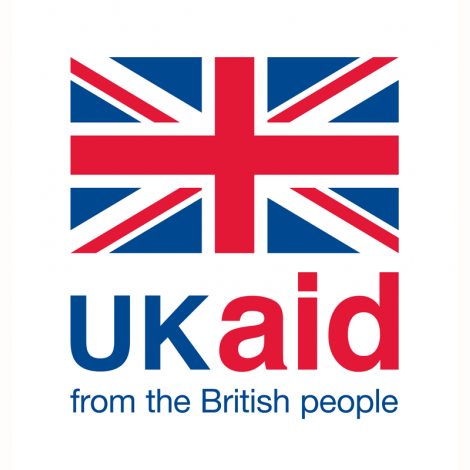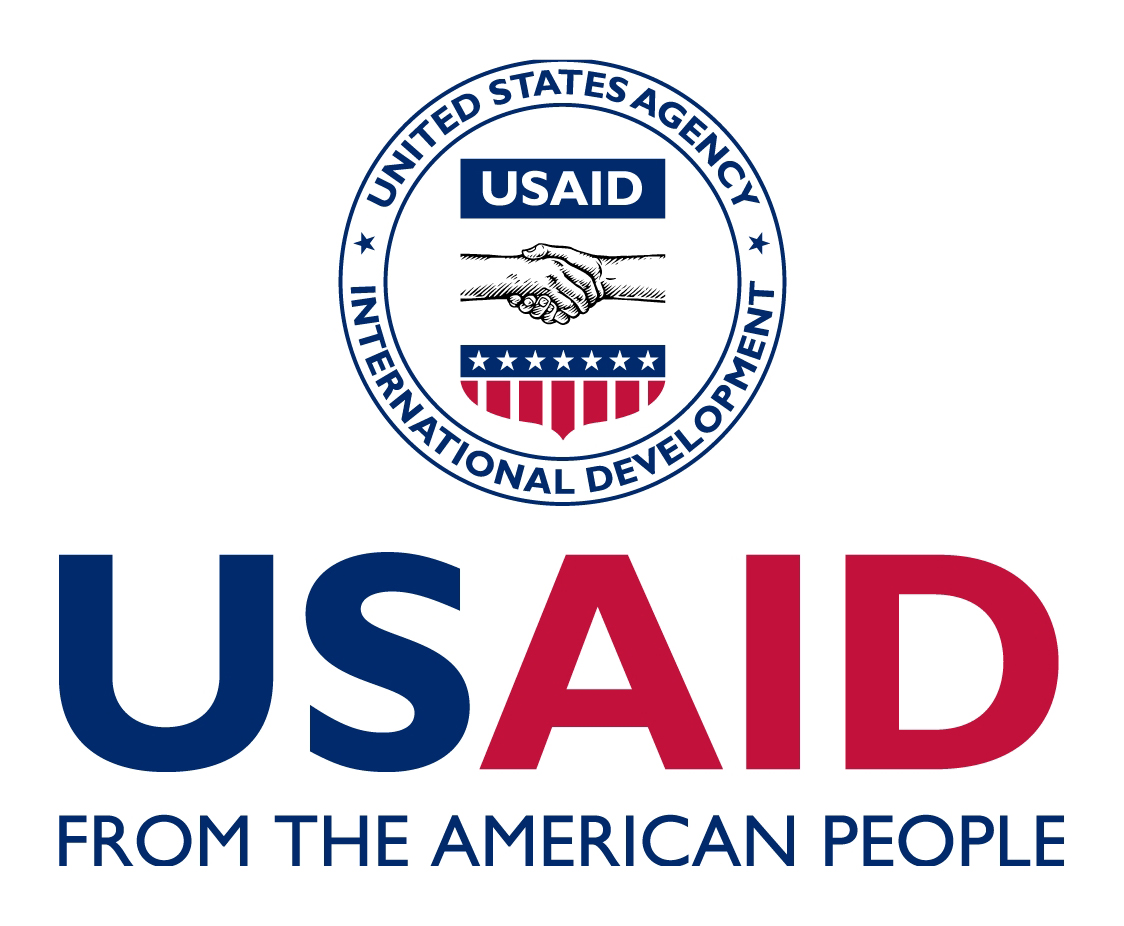medicines
Improving access to life-saving medicines.Distributing medicines in the drc
edwerePoor infrastructure and a lack of funds greatly impede access to life-saving medicines at DRC health facilities. Without these medicines, infants and young children die of acute respiratory infection, pregnant women die during childbirth, and families cannot control their fertility. Continuously providing basic medicines, therefore, is an extremely important part of any primary health care program.
Unfortunately, at the start of IMA’s ASSP project, stock-outs of essential medicines were frequent at nearly all sites. A variety of factors contributed to the poor state of pharmaceutical management in the DRC: Healthcare workers needed training in stock management, transportation and communication were challenging, and decentralized drug warehousing was lacking.
Ensuring adequate supplies to medicines was a core component of ASSP’s mandate. It was particularly important for the project’s sustainable community financing strategies. Clients were expected to pay a single reduced fee for services and prescriptions. If they don’t receive the medicines when they pay, they may feel ‘cheated’ that they did not receive what is mandated by their user fee and they may also lack the means to find the medicine elsewhere. This can create a barrier to accessing care in the present and future.
ASSP brought in $10 million of medications per year.
Our Approach to maintaining stocks of medicines in remote locations
ASSP and it’s follow on project ASSR strived to increase utilization of health care facilities as part of its mandate of improving maternal and child health and primary healthcare. Ensuring a continuous supply of essential medicines within target health zones was a key objective toward achieving that goal. ASSP’s medicine program reinforced the national distribution system by using CDRs, a pull system that gave each health facility a line of credit based on the number of patients they were seeing.
Secondary objectives included reinforcing the supply chain through regional pharmacy depot creation and increasing community and health facility-based revenue for drug procurement and transport.
Key Achievements
ASSP
creating financial reserves
ASSP-supported health zones steadily increased their drug recycling rate, which is the proportion of funds generated from drug sales at the health center level that is returned to the drug credit line. This demonstrates that some health zones are creating financial reserves for future procurement use.
Sentinel Sites
26 sentinel sites were established to strengthen human resource capacity in management tools and drug data reporting skills.
drug depots
ASSP continues to construct or renovate satellite drug depots, enabling the timely shipment and regional storage of key medicines.
A Steady Supply
ASSP brought in $10 million of medicines per year.
ASSR
Reducing loss of medicine stock due to expiration
The total value of drugs expired during the 4th quarter of ASSR was $4,533.27, representing 0.2% of the value of unexpired stock available at provincial warehouses at the end of the quarter. This was well within the target range of less than 4%.
Reducing stockouts
ASSR was able to reduce the percentage of days that health facilities reported stock-outs of tracer drugs (DMPA, Oxytocin, SP, Zinc, Amoxicillin) to 16.2%
Increasing Access to Health Care
Read more about how ASSP is contributing to improved health by increasing access to health care.
Learn More about our work to improve access to medicines
A Long, Winding Road: ASSP Overcomes Challenges To Deliver Medicine In DR Congo
The arrival of the ASSP shipment of medication and equipment such as hospital beds, mattresses and...
QUICK CONTACTS
Recent Posts
Quarter 1 Results
Number of pregnant women who received three doses of IPT while attending antenatal care: 58,495Number and percentage of 1-yr-old children vaccinated against measles: 78,123Number of Couple Years of Protection (CYPs) achieved through family planning service provision:...
Saved by my Son: A Tushinde Ujeuri Success Story
"The support from the Tushinde program has restored my will to live." Tushinde Ujeuri Project brings hope to one survivor of sexual and gender-based violence in DRC It was mid afternoon, and my 10 year-old son and I were walking home from working in the fields. When...
Combatting Malnutrition in DRC: A Nutrition Success Story
Community relays in Ndesha, Kasai Central are successfully combatting malnutrition in the DRC thanks to ASSP's nutrition training. Combatting Malnutrition One Maman at a TimeMado Betu was a young child of two years and four months but was frail and unable to walk when...



